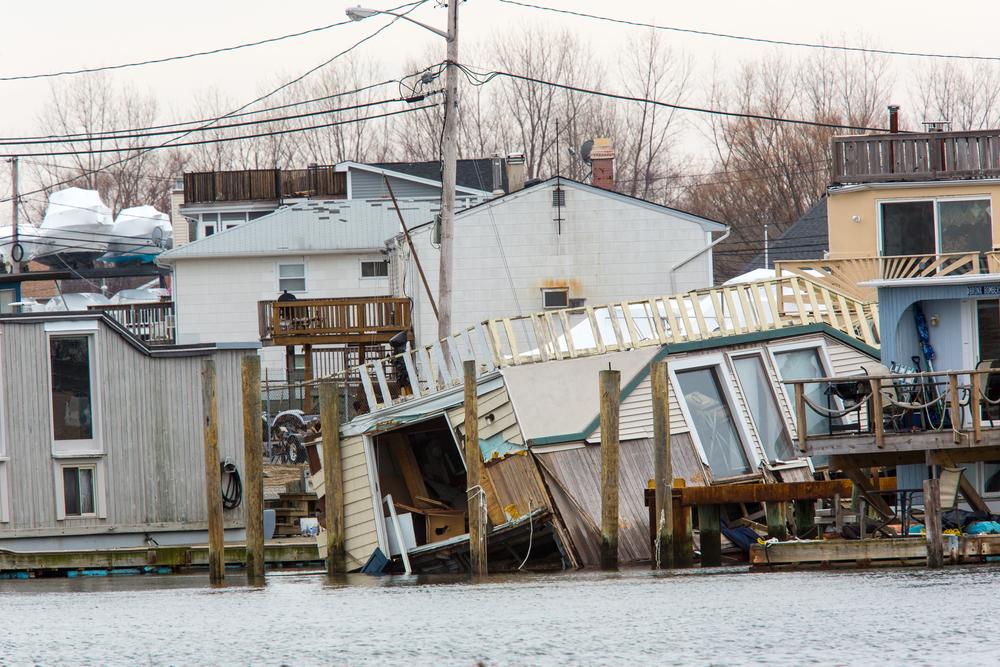Essential Tips for Successfully Filing a Home Insurance Claim
Learn essential tips for filing a successful homeowner’s insurance claim. From understanding when to claim, documenting damages, making temporary repairs, to communicating effectively with adjusters, this guide helps homeowners navigate the claims process efficiently. Proper preparation and prompt action can ensure you receive maximum benefits and swift recovery after property damage or loss.

Essential Tips for Successfully Filing a Home Insurance Claim
Homeowners insurance offers essential financial protection for property owners, covering damages from theft, natural disasters, and other unforeseen events. Before purchasing a policy, it’s vital to understand what damages are covered and read the fine print. Once insured, knowing the proper steps to file a claim ensures you maximize your benefits. Being informed about claim timing, documentation, and communication can streamline the process and help you recover faster from any loss.
1. When to File a Claim
While prompt claims are ideal, homeowners should only file when specific conditions are met to avoid unnecessary premium hikes. Experts recommend claiming only if damage exceeds the deductible or is extensive enough to warrant insurance coverage.
Damage exceeds the deductible
If repairs are minor or just above the deductible amount, paying out-of-pocket might be better. Frequent small claims can increase future premiums, as insurers track claims through national databases like CLUE.
Damage is significant and covered
The policy is designed for major events like fires or storms. Smaller, routine repairs often aren’t covered under such plans.
Homeowners should review their deductible limits and coverage details regularly. These vary between providers and may change, making it wise to consult with an agent or legal professional for clarity on policy specifics.
2. Be Aware of Claim Deadlines
Filing timelines differ by insurer and policy. Typically, claims should be submitted promptly to ensure coverage and avoid losing rights to benefits.
3. Preserve Evidence of Damage
Create an inventory by photographing and videotaping possessions, ideally before disaster strikes. Store records securely, update regularly, and keep receipts. If damage occurs unexpectedly, document everything thoroughly to support your claim.
4. Implement Temporary Repairs
To prevent further damage, make immediate but modest repairs—like boarding up windows or covering holes with tarps. Keep receipts for these expenses, as they may be reimbursed. Avoid discarding damaged items until an adjuster assesses the damage.
5. Engage and Ask Questions
Maintain open communication with your insurer. Clarify doubts and inform them if your home becomes uninhabitable, especially if relocation is necessary.
6. Keep Contact Details Handy
Track all interactions with insurance agents, officials, and emergency personnel. Record their names, contact info, and details of conversations, including date and time.
7. Track All Expenses
Record costs related to repairs, temporary accommodations, meals, and transportation. Proper documentation can enhance claims for additional living expenses.
8. Coordinate with an Adjuster Usually, an insurance adjuster is assigned to evaluate your claim. Provide detailed descriptions of damages, respond promptly, and submit supporting evidence. Be aware that adjusters work for the insurer, so consider hiring a public adjuster if needed for impartial assistance.
Note:
The content aims to offer useful guidance across various topics. While based on thorough research, it shouldn’t replace professional advice. Always verify details with your insurer or legal experts, as policies differ and updates are common.









